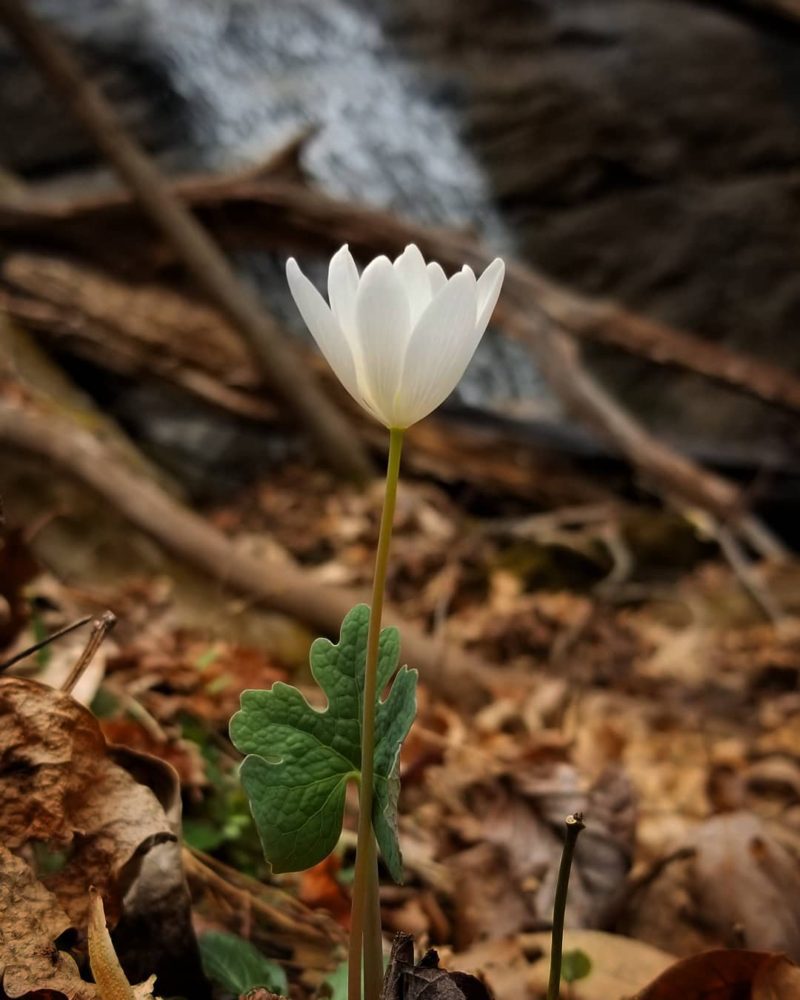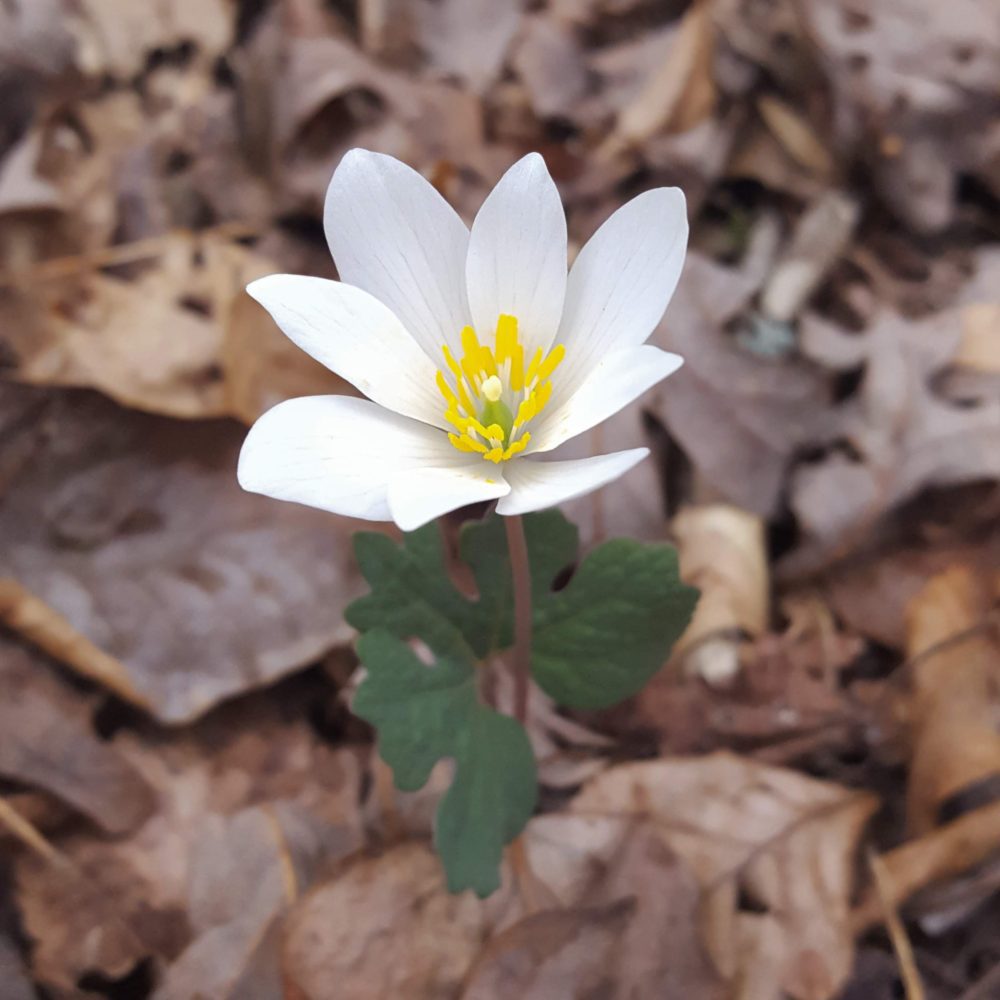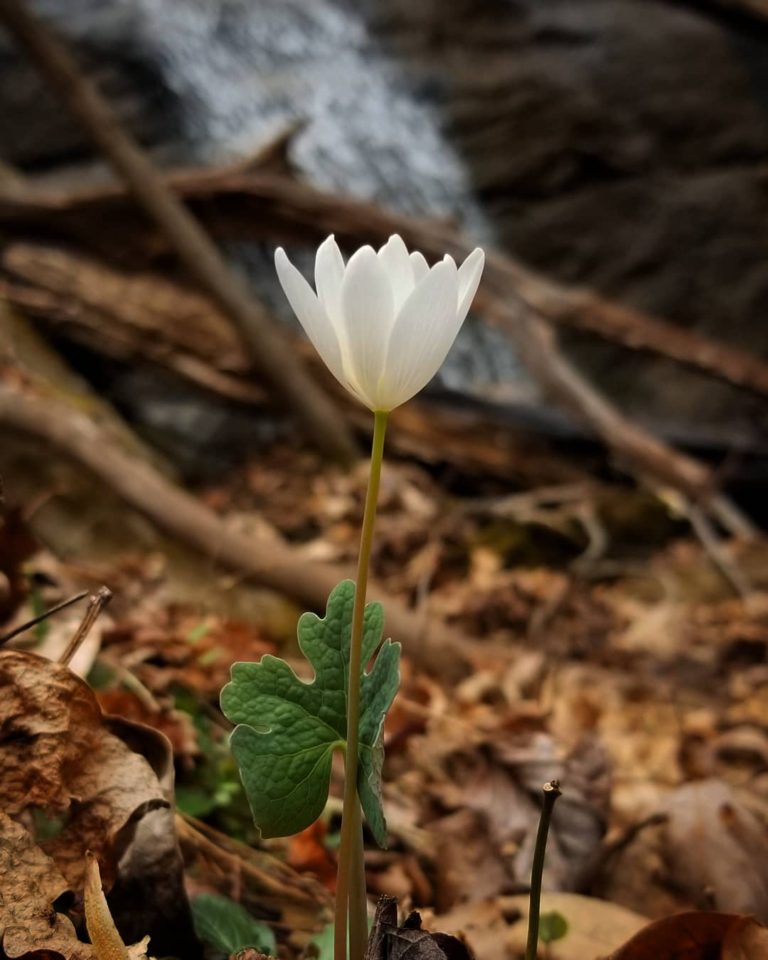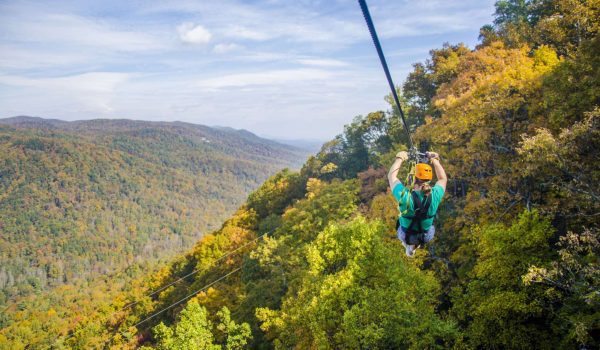One of the best aspects of living in Travelers Rest, geographically, is its proximity to both mountains and ocean. It’s the ability to spend entire days in the woods – or just an afternoon. Wild is all around us, with its natural beauty calling to us to stop, pay attention, look and listen.
TR resident Tricia Kyzer has spent much of her life doing just that – stopping, looking, listening. She’s also been recording and teaching and leading along the way. She’s worked as an educator in various capacities, including a job as educator at Lake Conestee Nature Preserve. She now works with Jocassee Wild Outdoor Education as a guide. We’re honored to have Tricia working on a series for us called Wild TR. When she’s not out in the woods leading nature walks or helping at risk youth, she’s going to be sharing her knowledge with us – and we think we’ll all be the better for it.
You can find Tricia on Instagram as Blue Wall Wanderer.
________________________________________
Story & Photos by Tricia Kyzer
No matter where you go, there you are.
We are all connected to nature through the geography of where we find ourselves, the experiences we have in our places and the natural community we share that space with.
Welcome to Wild TR.
I would like to introduce you to the wild members of our community. Some you will recognize as good old friends, some you will be surprised by, and some you find to be a little eccentric. But all of our wild friends have something to teach us about ourselves and our place in this world.
Bloodroot
Sanguinaria canadensis

What we could all use right now is a big dose of stubborn hope in the face of uncertain times. May I introduce you to one of our local early spring wildflowers that fits the bill?
Sanguinaria canadensis, also known as bloodroot, blooms beginning in late winter and continues into early spring. The common name ‘bloodroot’ and the Latin root of the word ‘sanguine’ both refer to the crimson root that bleeds bright red when broken.
Native Americans called it puccoon and used it for a dye and a powerful medicine. True to its scientific name, it blooms with a sanguine optimism that defies the thermometer or even the skies. I have seen it valiantly standing in snow covered ground with no shortage of hope for warmer days.

No matter how many springs pass, I never fail to get excited when I see the first bloodroot leaf emerging.
One large leaf wraps around the bud like a shawl keeping it warm until it can collect just enough warmth to open fully. The pure white flowers then become light holders of the forest floor, capturing the first spring sunshine in their brilliant blooms. We could all use that optimism in our days right now!
At a time when the world around us is full of uncertainty and social venues are closed off, many of us are taking solace in the natural world.

And what a great gift to live where we do and to be surrounded by so many places we can get away and find peace in the chaos.
To find this flower, you will need to head towards the mountains and take a nice wander on a less traveled foot path.
I have encountered them around Lake Robinson, at Ashmore Heritage Preserve, Mountain Bridge Wilderness and Poinsett Bridge. In fact, if you live in Northern Greenville County, there is a good chance you can find them on your own property.





